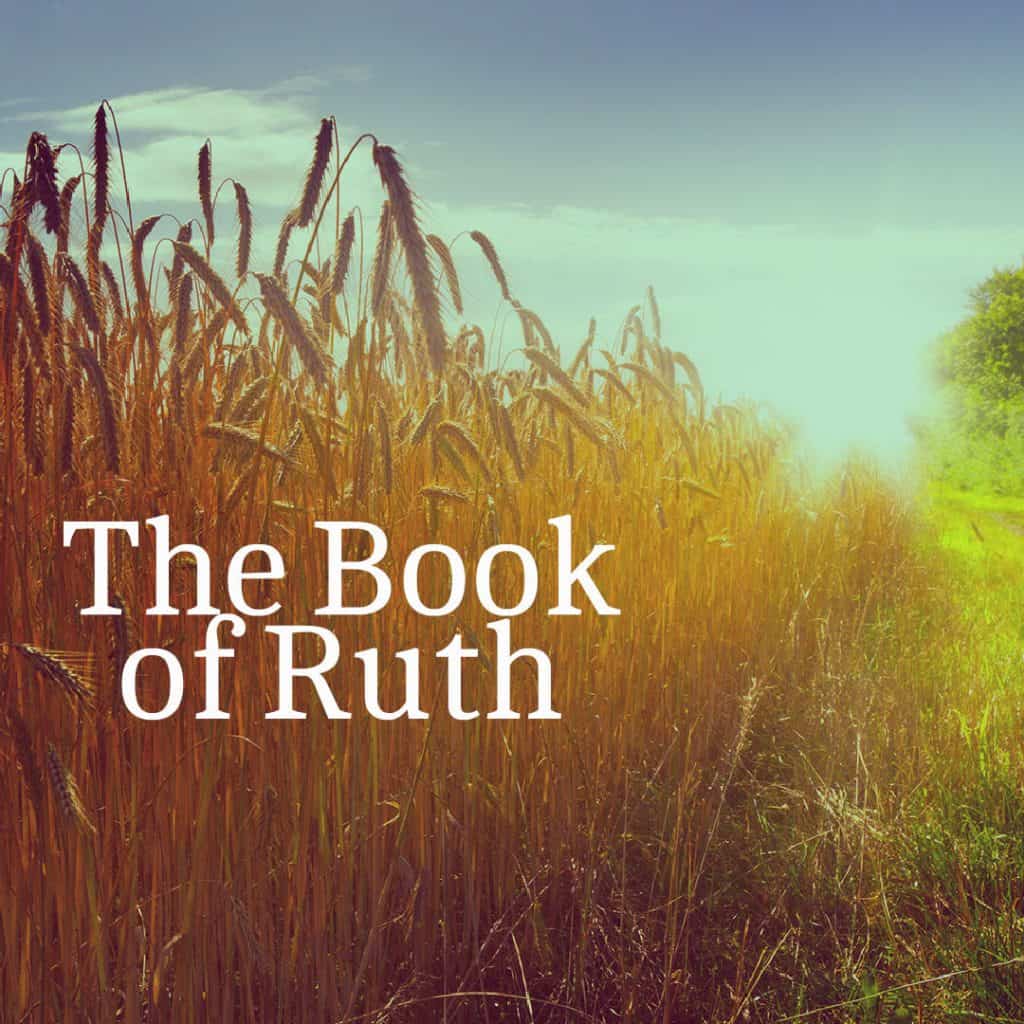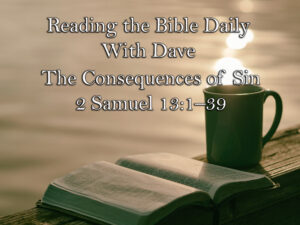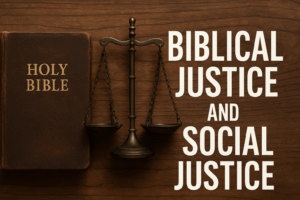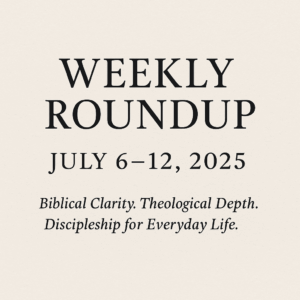⏱️ Estimated Reading Time: 7 min read
In this post, we will work our way through Ruth 4:16-22. We will be utilizing the Complete Jewish Bible translation unless otherwise noted.
Ruth 4:16-22, “16 Na’omi took the child, laid it on her breast and became its nurse. 17 The women who were her neighbors gave it a name; they said, “A son has been born to Na’omi,” and called it ‘Oved. He was the father of Yishai the father of David. 18 Here is the genealogy of Peretz. Peretz was the father of Hetzron, 19 Hetzron was the father of Ram, Ram was the father of ‘Amminadav, 20 ‘Amminadav was the father of Nachshon, Nachshon was the father of Salmon, 21 Salmon was the father of Bo’az, Bo’az was the father of ‘Oved, 22 ‘Oved was the father of Yishai, and Yishai was the father of David.”
Commentary:
In our last post we examined the legal proceedings between Bo’az and the other potential kinsman redeemer that were witnessed by the leaders of the city of Bethlehem. It was an edge of your seat set of verses as much of the book of Ruth has been thus far. Ruth 4:1-15 concluded with Bo’az being granted the right of the kinsman redeemer and him taking Ruth as his wife to include the bearing of a son.
In this passage we will conclude our study of Ruth with a short look at a genealogy, one that ends with a very important individual in biblical history.
Ruth 4:16-17, “Na’omi took the child, laid it on her breast and became its nurse. 17 The women who were her neighbors gave it a name; they said, “A son has been born to Na’omi,” and called it ‘Oved. He was the father of Yishai the father of David.”
In verse 16 we find Na’omi taking the child and caring for it as his nurse. In other words, Na’omi took on the role as the child’s nanny. The act of taking the child to her breast or bosom signified the act of demonstrating love for the child in the same manner as one would note their love for a family member or friend by giving them a hug.
Some scholars have asserted this verse describes Na’omi as adopting the child; however, that approach should be rejected given nothing in the text signifies such an event. F. B. Huey states “If it was a legal adoption, Naomi became the child’s legal mother, just as Mahlon was his legal father. If the scene does not describe formal or symbolic adoption, then nothing more is intended in this verse than a description of a grandmother delighting in her first grandchild.”[1] Just as grandparents today take on the role of often caring, feeding, and assisting in the raising of a newborn child, so too did Na’omi assume that important role providing this new couple with great wisdom and guidance.
Next we discover that the neighbors give the child the name of ‘Oved which means “serving”. At first glance it may appear that it was the neighbors who named the child rather than the parents, Bo’az and Ruth. Daniel Block speaks to this naming issue noting that the narrator’s comment “does not mean that neither Ruth nor Boaz had a say in the naming of the child – such a notion would be ludicrous. This event must have involved the women affirming the name given to the child by his mother or father, but the narrator appropriately casts it in a literary form that has the “female chorus”, as representatives of the community, celebrating his birth and declaring its significance.”[2]
We also find in verse 17 the statement that ‘Oved was the father of Yishai (Jesse) who of course was the father of King David thus affirming the real historical significance of the birth of this child, the great-grandfather of Kind David.
Ruth 4:18-22, “Here is the genealogy of Peretz. Peretz was the father of Hetzron, 19 Hetzron was the father of Ram, Ram was the father of ‘Amminadav, 20 ‘Amminadav was the father of Nachshon, Nachshon was the father of Salmon, 21 Salmon was the father of Bo’az, Bo’az was the father of ‘Oved, 22 ‘Oved was the father of Yishai, and Yishai was the father of David.”
The book of Ruth concludes with a short genealogy, one that traces the line of Peretz to King David. Genealogies are typically elements of the books of Scripture which most either read through quickly or completely ignore. After all, they are just a list of names with some individuals in the genealogy being of some level of importance and others just part of a family tree. Additionally, one might rightly ask why a genealogy is provided by the narrator in the closing verses of Ruth, a book replete with suspense, action, romance, and redemption.
Daniel Block provides a salient line of reasoning:
“This book and this genealogy demonstrate that in the dark days of the judges the chosen line is preserved not by heroic exploits by deliverers or kings but by the good hand of God, who rewards good people with fullness beyond all imagination. These characters could not know what long-range fruit their compassionate and loyal conduct toward each other would bear. But the narrator knows. With this genealogy he declares the faithfulness of God in preserving the family that would bear the royal seed in troubled times and in rewarding the genuine godliness of his people…In the dark days of the judges the foundation is laid for the line that would produce the Savior, the Messiah, the Redeemer of a lost and destitute humanity.”[3]
Conclusion:
We have now concluded our study of the book of Ruth along the way taking a look at every verse. The main theme of Ruth, that of God’s hesed has been clearly evident throughout the story line with many seeming twists and turns for the reader along the way. With that said, since this story evinces God moving among His people executing His divine plan to perfection, anything that seems like an unlikely twist or turn is merely God working out His plan of redemption in the lives of Na’omi, Ruth, and Bo’az which in turn impacts the life of the people of Israel and ultimately the entirety of humanity.
Encapsulated within this short and often neglected book is the story of redemption that weaves its way throughout Scripture. J. Vernon McGee described the book of Ruth as the “romance of redemption” which formed the subtitle of his commentary on Ruth. A more apt description of the book of Ruth could arguably not be found. This is more than a love story between Ruth and Bo’az. This book is a love story between God and His people, the demonstration of His care in the midst of despair.
I hope you have enjoyed this study and we encourage you to continue to study the amazing book of Ruth as it is replete with theological truths that play out in the grander biblical drama. Stay tuned for a .pdf copy of the entire study.
References:
[1] F. B. Huey, Jr. “Commentary on Ruth” in The Expositor’s Bible Commentary, Vol.3: Deuteronomy through 1&2 Samuel. Edited by Frank Gaebelein. Grand Rapids: Zondervan, 547.
[2] Daniel Block, The New American Commentary: Judges-Ruth (Nashville: B&H Publishing Group, 1999), 731.
[3] Ibid., 736-737.




